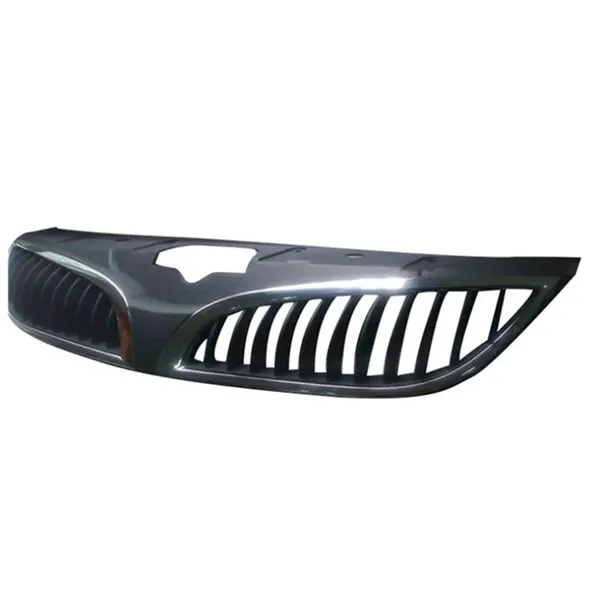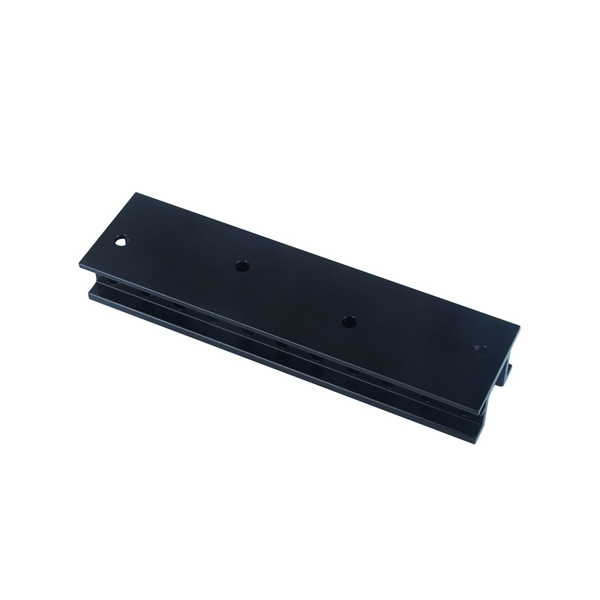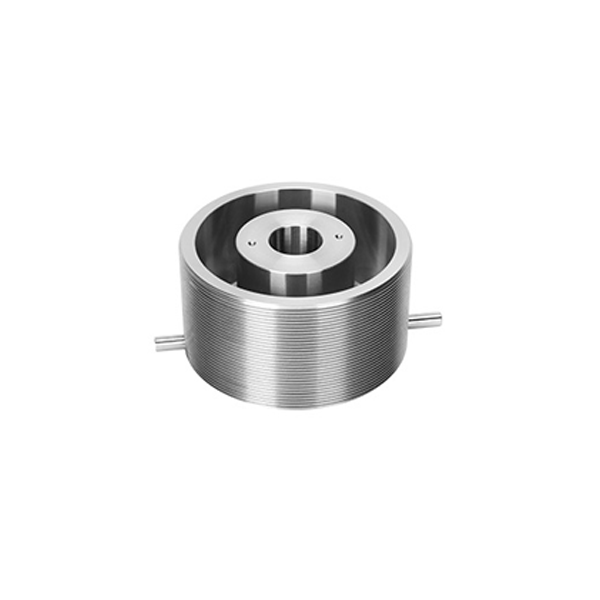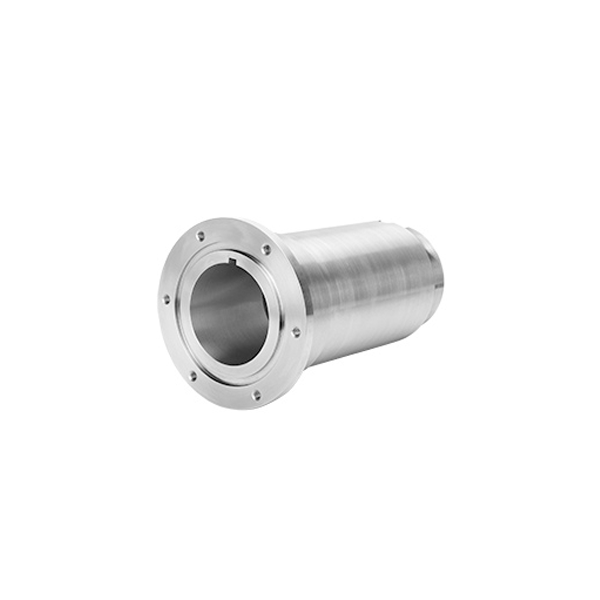GD Prototyping

Vacuum Casting Parts For Auto
-
Process Tolerance: ±0.2 mm (depending on part size)
-
Material Options: Polyurethane resins (rigid, flexible, transparent, heat-resistant)
-
Surface Finish: Smooth, production-like quality with options for painting and coating
-
Batch Capability: 1 to 25+ parts per mold (ideal for low-volume runs)
-
Mold Material: High-quality silicone for accuracy and detail
-
Lead Time: Typically 7–10 working days for prototypes
- Description
- Specification
- Application
- FAQS
Vacuum casting is one of the most reliable and cost-effective methods for producing high-quality prototypes and small-batch parts. At GD Prototyping, we specialize in Vacuum Casting Parts that replicate the properties and appearance of final production components. Using silicone molds and polyurethane resins, our process delivers parts with smooth surfaces, sharp details, and consistent quality.
This technique is ideal for rapid prototyping, functional testing, and pre-production runs. It allows us to reproduce intricate geometries and undercuts that may be difficult with traditional machining. In addition, a wide range of materials is available, from rigid and flexible plastics to transparent resins, giving designers freedom to test different mechanical and aesthetic properties.
Whether you need clear prototypes for electronics housings, flexible parts for automotive interiors, or durable samples for medical devices, our vacuum casting service provides speed, precision, and affordability. GD Prototyping ensures that every part meets your design and performance needs while reducing development time and cost.
| Parameter | Value / Description |
|---|---|
| Process Name | Vacuum casting |
| Materials Used | Liquid plastic or metal |
| Key Benefits | GD prototyping |
| Process steps | Uniformity, excellent surface finish, dimensional accuracy |
| Mold Types | Mould creation, injection under vacuum |
-
Automotive: Interior components, flexible fittings, and small functional parts.
-
Aerospace: Lightweight non-structural prototypes for testing and validation.
-
Medical Devices: Custom housings, grips, and pre-production samples.
-
Consumer Electronics: Enclosures, clear display covers, and test casings.
-
Industrial Equipment: Low-volume parts for field testing and design approval.
-
Design Prototyping: Concept models and aesthetic validation parts.
Q1: What is vacuum casting used for?
It’s mainly used for rapid prototyping, design testing, and low-volume production.
Q2: How many parts can be made from one silicone mold?
Typically 20–25 parts, depending on size and complexity.
Q3: Can vacuum casting replicate transparent parts?
Yes, we offer clear resins for lenses, covers, and housings.
Q4: How accurate are vacuum-cast parts?
Tolerances are generally within ±0.2 mm, suitable for prototypes and functional testing.
Q5: Is vacuum casting suitable for mass production?
No, it’s best for prototyping and small runs; for mass production, injection molding is recommended.










